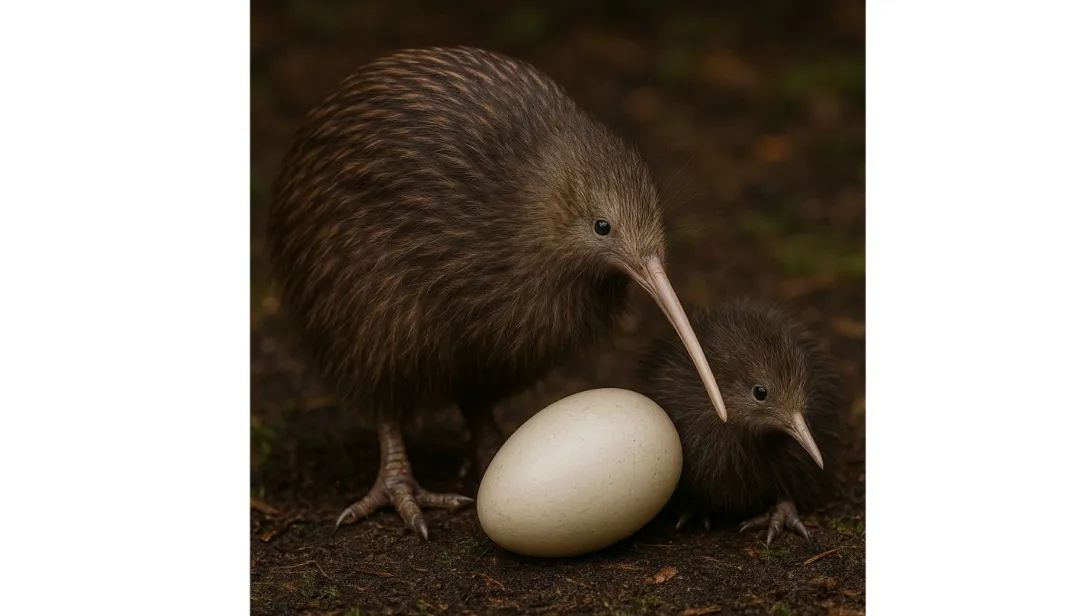Skip to main content
General Information
- The kiwi is a flightless bird native to New Zealand.
- It is the national symbol of New Zealand.
- There are five species of kiwi: North Island brown, Okarito brown, Southern brown, Great spotted, and Little spotted.
- Kiwis are part of the group of flightless birds called ratites, which also includes ostriches and emus.
- They are nocturnal and elusive, rarely seen in the wild.
Physical Characteristics
- Kiwis are about the size of a chicken, but with a long beak and a round body.
- They have tiny, vestigial wings and cannot fly.
- Kiwis have hair-like feathers that resemble fur.
- Their long beak has nostrils at the tip, unlike most birds.
- They have a strong sense of smell and hearing, but poor eyesight.
- They have strong legs and claws for digging and defense.
Habitat and Distribution
- Kiwis inhabit forests, grasslands, and scrublands of New Zealand.
- They are mostly found in protected areas and wildlife reserves.
- Each species has a different distribution range within the country.
Diet and Feeding
- Kiwis are omnivores, feeding mainly on insects, worms, fruit, and leaves.
- They use their long beaks to probe the soil for food.
- Their sense of smell helps detect prey underground.
- They swallow small stones to aid in digestion.
Reproduction and Lifecycle
- Kiwis are generally monogamous and may mate for life.
- Breeding season typically begins in winter and eggs are laid in spring.
- Females lay a very large egg, up to 20% of their body weight.
- Kiwi eggs are one of the largest in proportion to body size of any bird.
- Incubation can last up to 85 days and is usually done by the male.
- Chicks hatch fully feathered and leave the nest soon after.
Behavior and Adaptations
- Kiwis are territorial and use vocalizations to communicate and mark territory.
- They are mainly nocturnal and forage at night.
- Kiwis are excellent diggers and create burrows for nesting and shelter.
- They have a keen sense of smell, which is rare among birds.
Conservation Status
- Most kiwi species are considered vulnerable or endangered.
- Threats include habitat destruction, introduced predators, and human activity.
- Predators include dogs, cats, stoats, and rats.
- New Zealand has extensive conservation programs including predator control, breeding programs, and habitat restoration.
- Organizations like Kiwi Recovery and Save the Kiwi are vital in protecting them.
Interesting Facts
- The kiwi lays the largest egg relative to body size of any bird.
- They are more closely related to the extinct elephant bird of Madagascar than to emus or ostriches.
- Kiwis are the only birds with nostrils at the tip of the beak.
- Their body temperature is lower than most birds, closer to that of mammals.
- The term "Kiwi" is also used to refer to New Zealanders informally.

